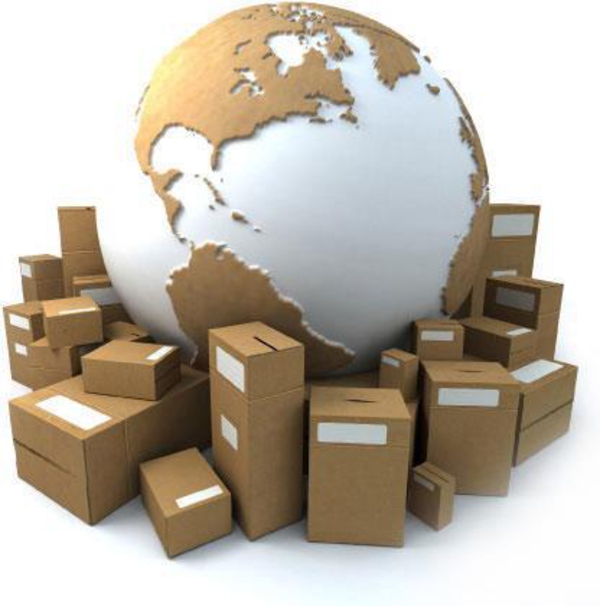Logistics is defined all over the web as being:
- At the right place
- At the right time
- With the right products
- At the right quantity
- Delivered to the right customer
- At the right cost
The ultimate end goal of logistics systems (though most likely unattainable) is to have ZERO inventory and immediate availability.
Just like many other businesses (and B2B businesses) the first part step to designing the logistics system is to identify customer service levels that will give the business a strategic advantage in the market.
Logistics wasn’t always was what it is today however. The concept of business logistics and how we know it today more or less developed in the 1950’s as a result of a number of things. These factors included things like the recession of 1958 (which was a time when logistics was thought of to have more potential than marketing and manufacturing), the shift of power from the manufacturers to the retailers, retailers forcing inventory back onto the manufacturers, and overall more products to move, manufacture, stock, and store.
Before this, it was very likely that different parts of the company would handle different aspects of the logistics systems. For example, the manufacturers might work on things dealing with the transportation of goods and the marketers might be doing work with finished goods and inventory and warehousing. But because of all of these different factors that were taking place in American economics, the evolution and the shaping of what logistics is today began to take place; and the logistics world never looked back.
In the 1950’s and the 1960’s , focus was on the outbound side of things in the logistics world. This had to do with reducing costs on things like physical distribution and things of that nature. However logisticians quickly learned (in under a decade) that the real cost reducing focus should be learned on the inbound side of things, and by the 1970’s (due to a large rise is competition) focus and research began to shift to the inbound side of logistics. The inbound side of logistics has to do with a number of things, the two main focusses being reducing the costs of materials management and improving customer service.
Customer service is definitely one of the most important parts about logistics, so let’s take a look at how it is measured:
- Product availability
- Order-cycle time
- Percentage of orders that were correct
- Percentage of orders that customers received undamaged
- Consistency of time it takes customers to receive products
What are some of the things that affect the cost of Logistics?
Scale: A global economy was starting to come around in the 1980’s. A true global economy meant figuring out different ways to be effective in terms of scale.
Government Regulations: Another change that the 1980’s brought is the deregulation of transportation. Freight rates fell and transportation companies could tailor service to the needs of individual customers.
JIT or “Just In Time” production: This concept was originally introduced by Japan. The basic idea is that you only produce good as they are needed to lower inventory and lower inventory costs.
Communication Technology: Of course as technology becomes more advanced, so does the ease of communications – which is a huge part of logistics. The ability to make changes on the fly, alter routes, and other situations that comes along with logistics dramatically decreases costs in the long run.
Written by Philip Rudy of ImageWorks Studio. Philip works in the Internet marketing industry and provides services for all sorts of different companies, ranging from logistics to waste management companies. Through the discovery process of his logistics clients, he has learned much on the topic and is delighted to share.

